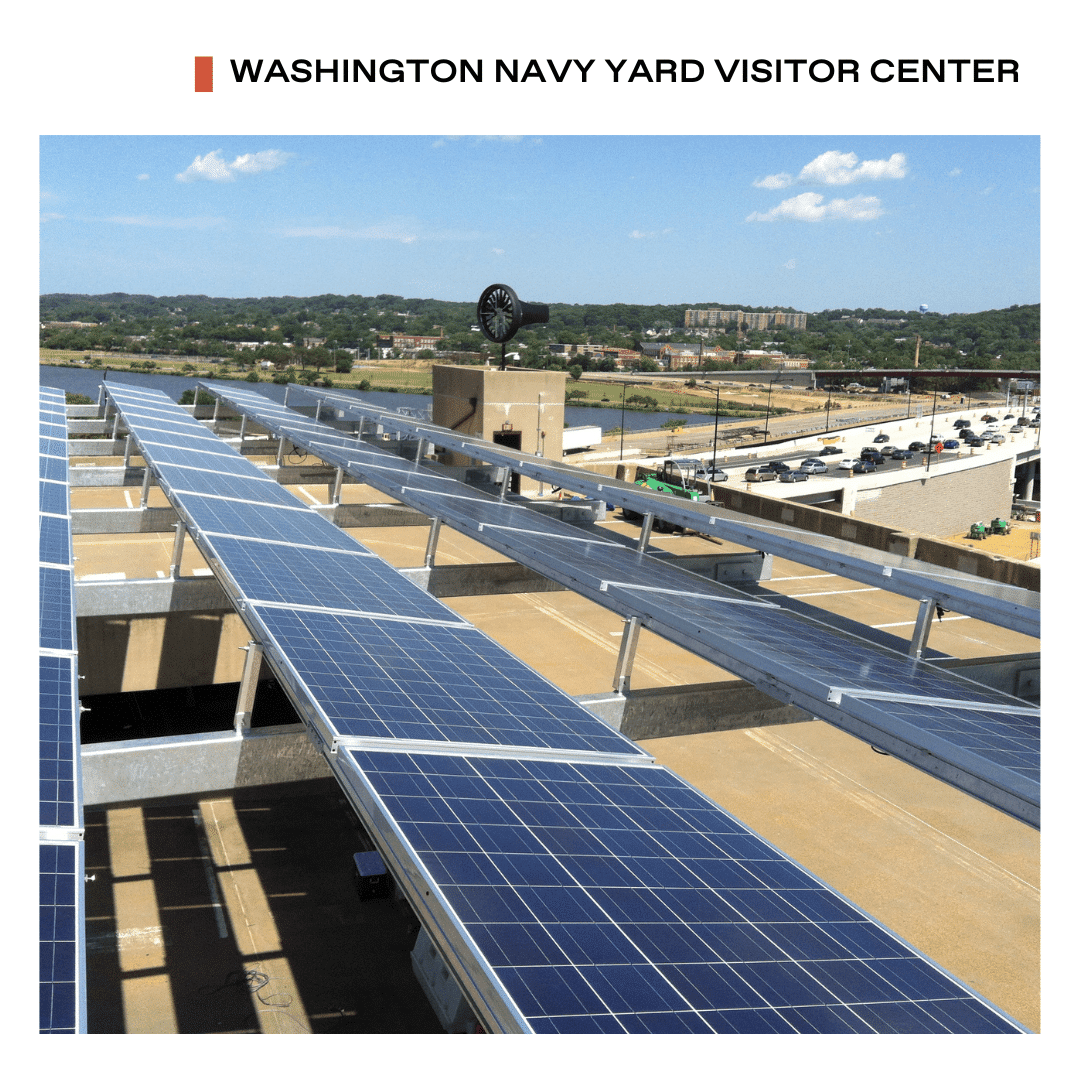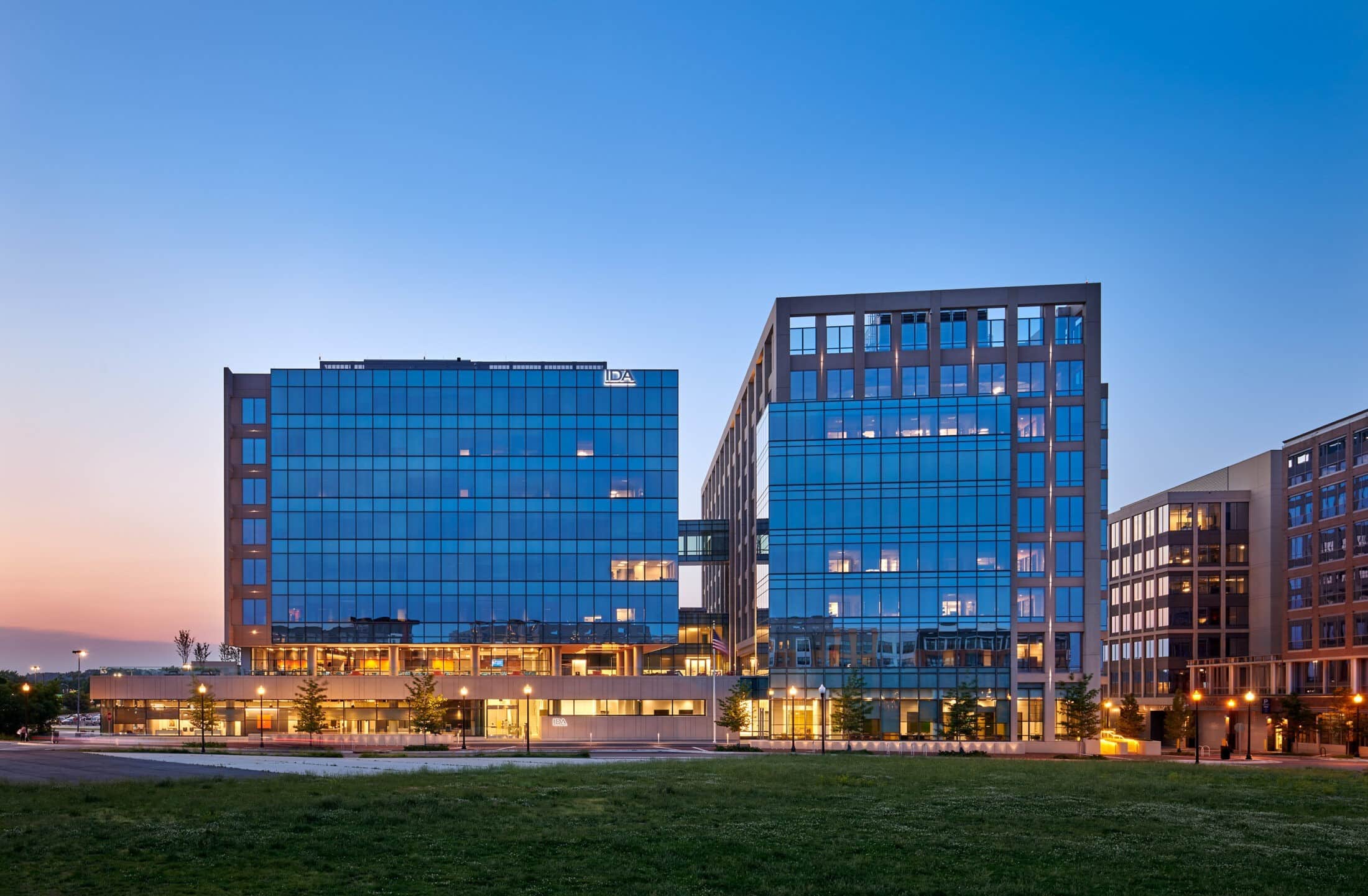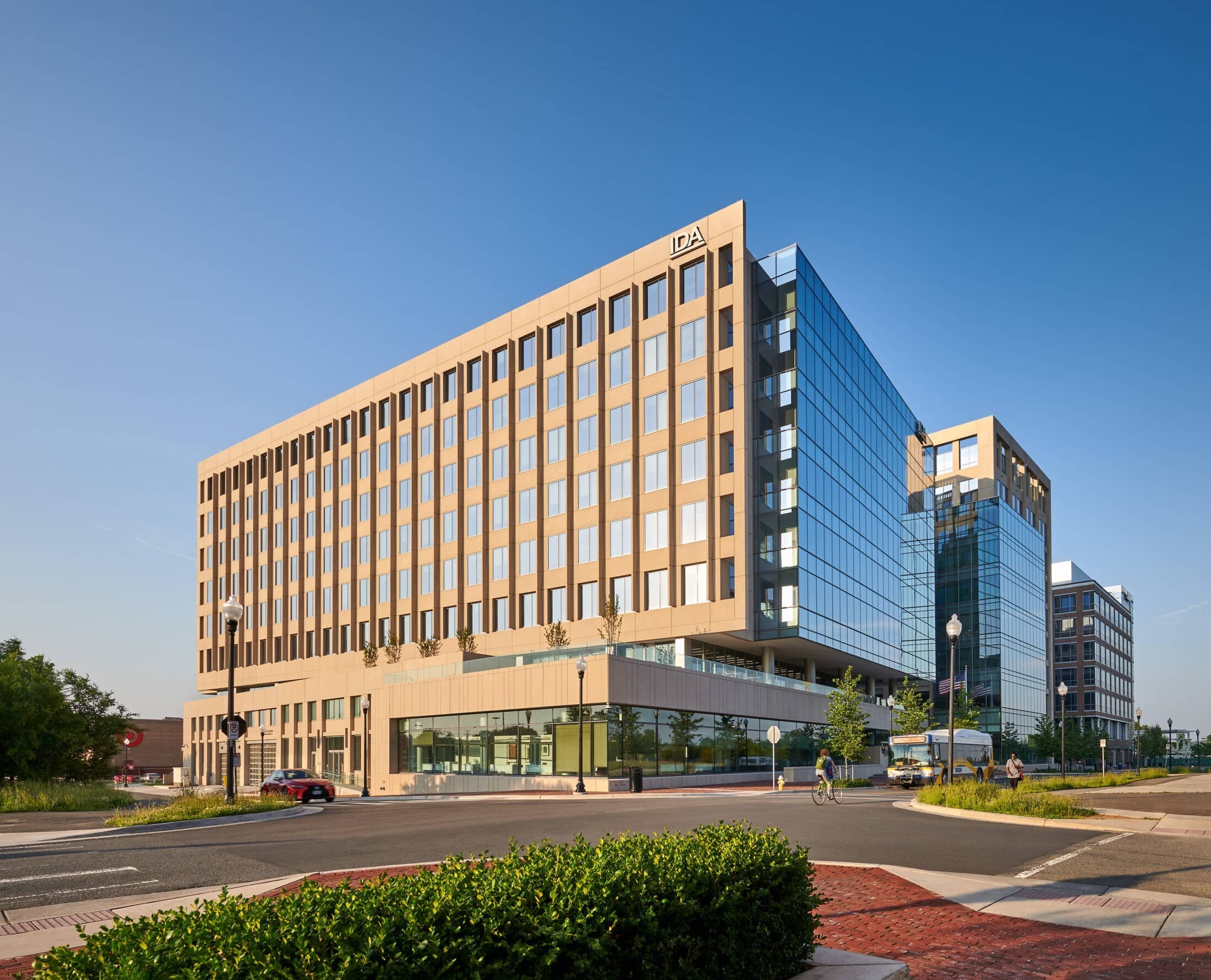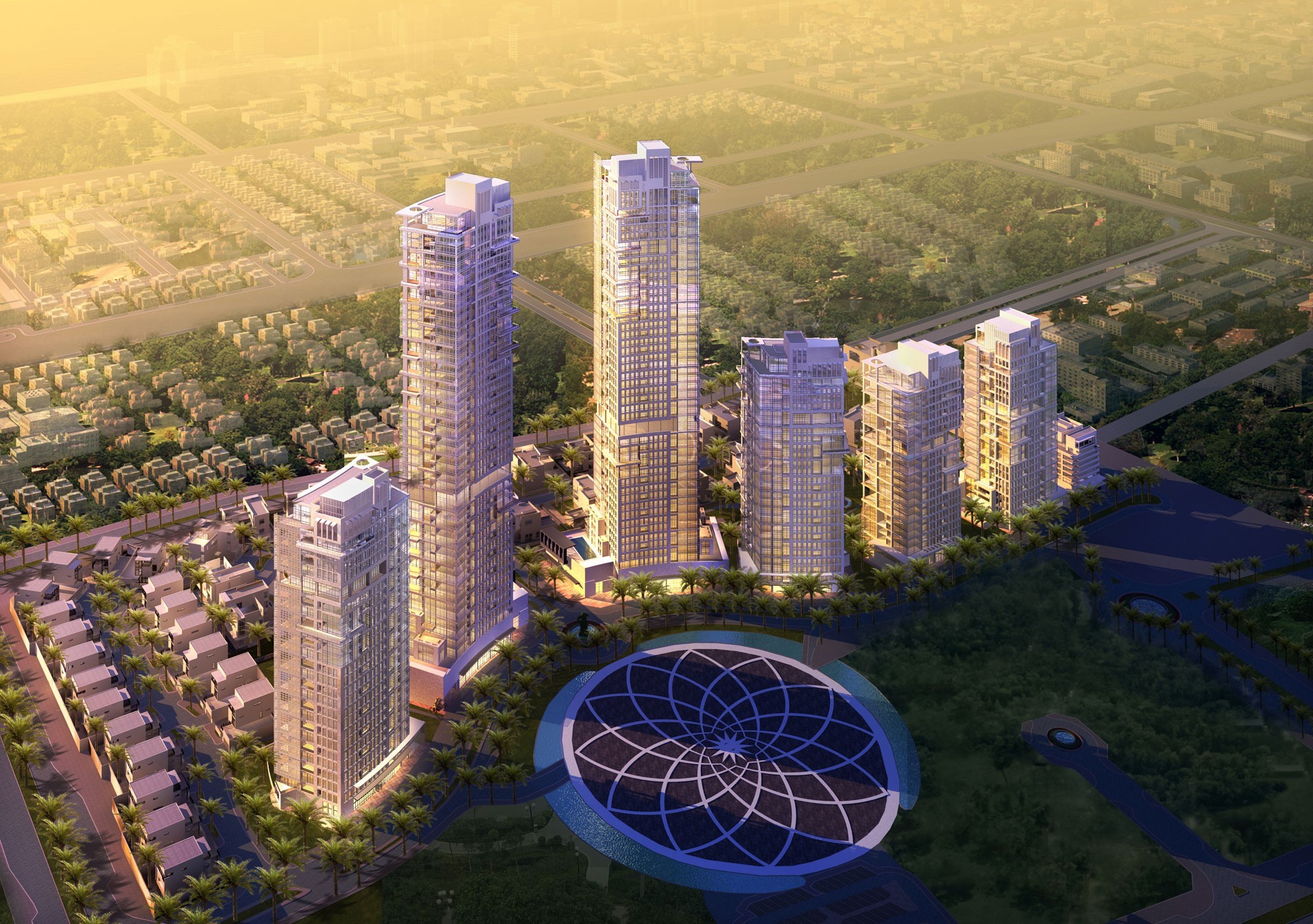In addition to the large solar array and wind turbines, the project included two geothermal heat pumps which utilize five wells beneath the Visitor Center parking lot to successfully heat and cool the building using 85% less energy than the previous system. Energy recovery ventilators provide fresh air in the building. The battery bank manages power to the HVAC system, LED lighting, and select power outlets throughout the building. The system provides uninterrupted climate control as well as the potential for TV and internet access in the case of a power outage. This system features daylight and occupancy sensing lighting controls for optimal comfort and energy savings. A 150% lifespan increase and 80% energy savings has been realized when compared to T5 fluorescent lighting.
The Visitor Center also features sustainable flooring made from reclaimed rubber flooring made of 75.1% recycled material which has low VOC content, no toxic adhesives, and provides a clean, modern look to the room while protecting against wear. The insulation of the building includes spray-foam insulation covered with reclaimed fiberglass insulation (previously existing onsite), which was blanketed with recycled cellulose blown-in insulation. The result was R-55 equivalent insulation value with up to 48% less heat loss.
As we celebrate Earth Month and Earth Day, it’s essential to recognize the importance of net zero buildings in reducing our impact on the environment and celebrate sustainable design innovations such as those incorporated into the Washington Navy Yard Visitor Center which were at the forefront of DC’s Net Zero movement. Happy Earth Month and Earth Day!








